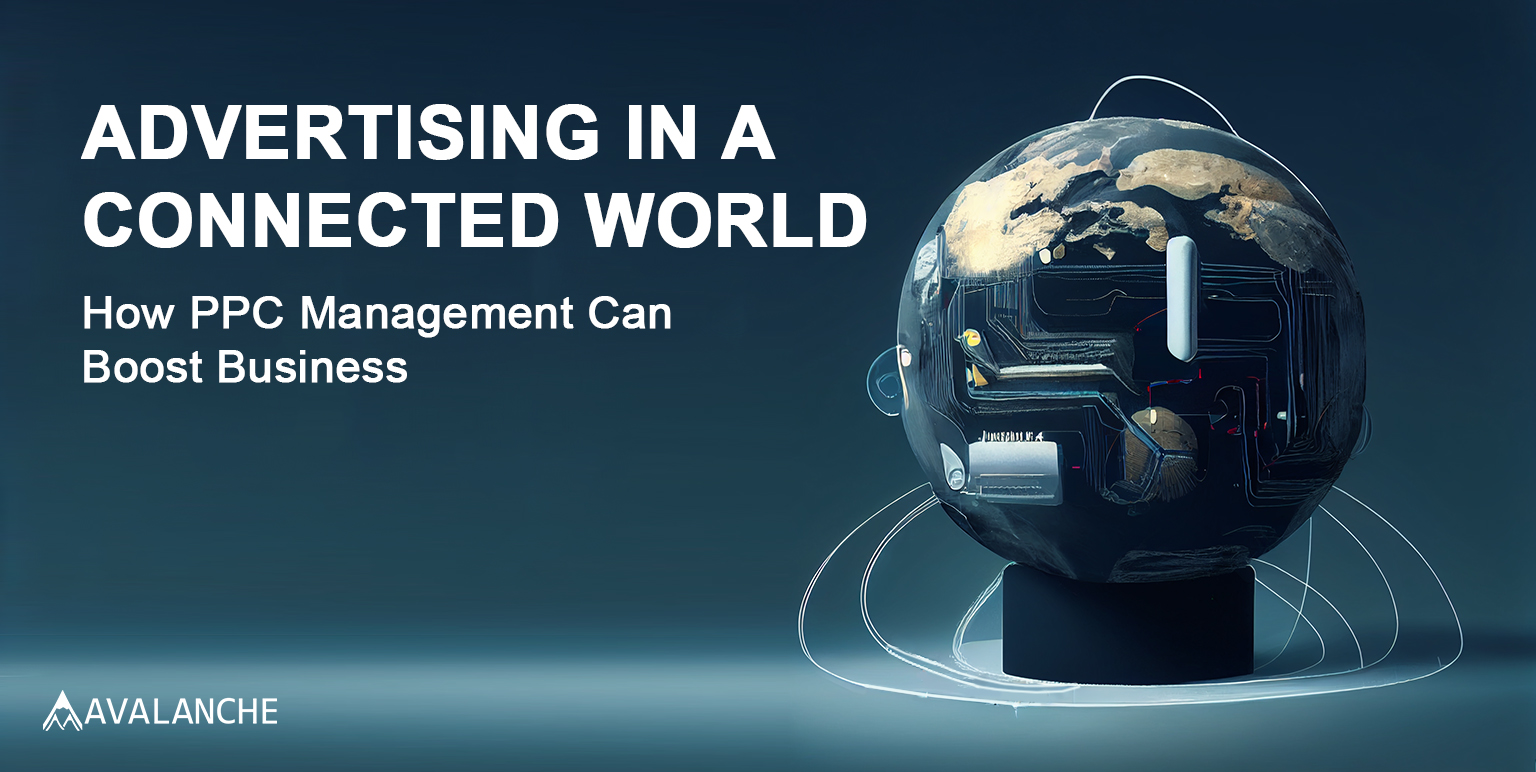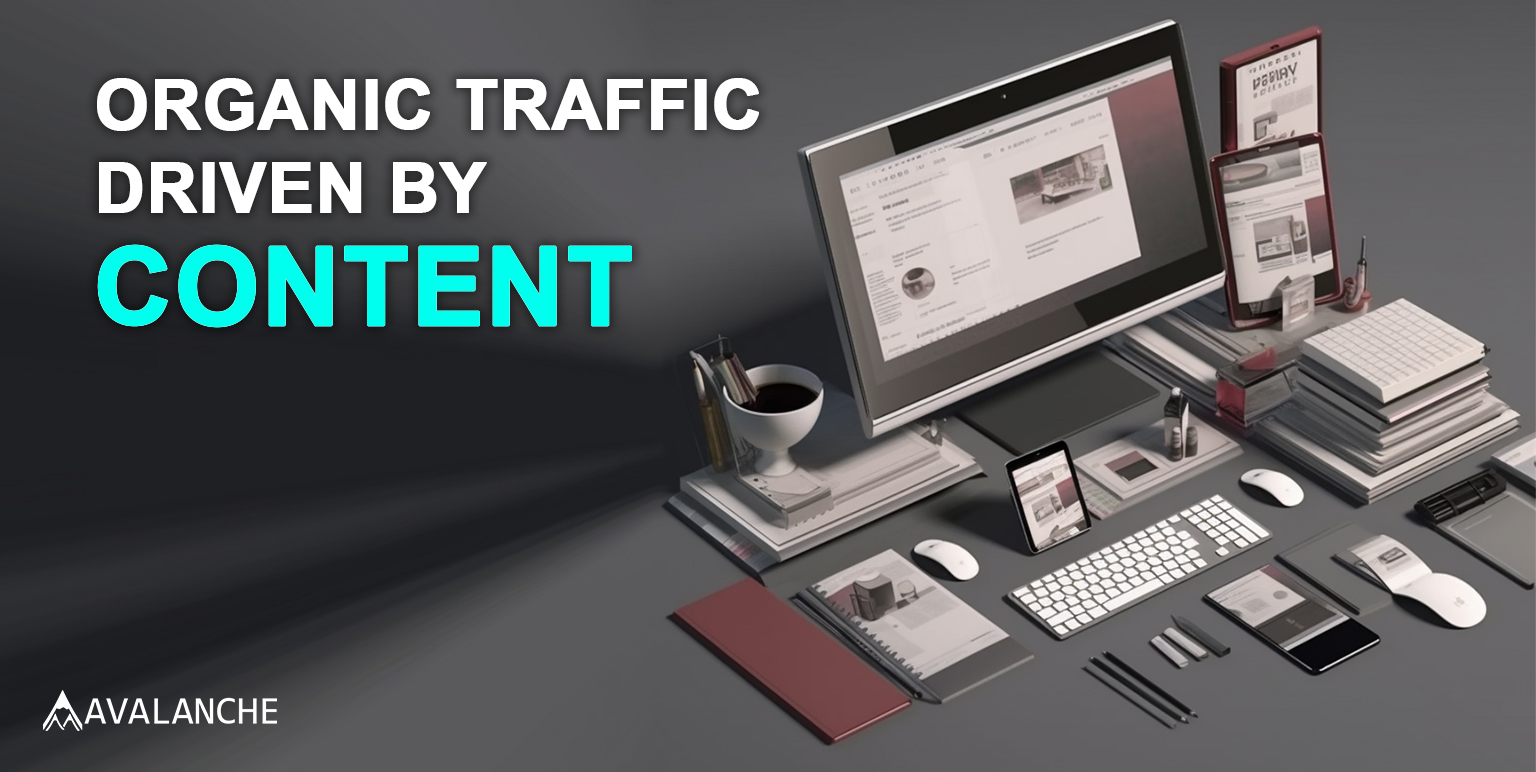Conversion rate optimization (CRO) plays a pivotal role in digital marketing, significantly influencing a business’s success. Unfortunately, misconceptions about CROs are widespread, often resulting in subpar strategies and missed opportunities. This article aims to debunk five prevalent misconceptions about conversion rate optimization while offering valuable insights to enhance your CRO initiatives.
Misconception #1: Conversions Only Involve Sales
Contrary to popular belief, conversions are not limited to sales alone. Conversions can encompass various actions, such as newsletter sign-ups, ebook downloads, or form submissions. These actions are essential because they contribute to your business’s growth and customer engagement.
Focusing solely on sales conversions can lead to other valuable conversion opportunities being overlooked. By considering different conversion types, you can better understand your customers’ needs and develop targeted strategies to engage them more effectively.
Misconception #2: A Higher Conversion Rate is Always Better
Some people believe that conversion rate optimization is as simple as tweaking colors and fonts on a website. While these design elements can have an impact on conversions, they are just one small part of a much larger process. Effective CRO involves understanding user behavior, analyzing data, and testing various elements, such as headlines, calls to action, and page layout, to determine the most effective combination for driving conversions.
In addition, CRO is an ongoing process that requires regular monitoring and adjustments. As user preferences and industry trends change, businesses must be prepared to adapt their CRO strategies to stay competitive and maintain high conversion rates.
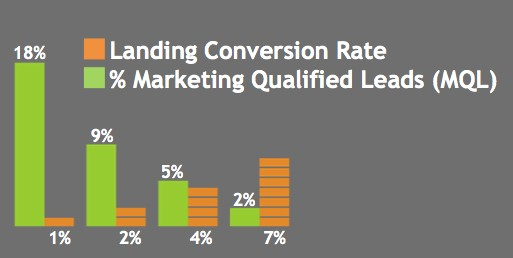
Misconception #3: Conversion Optimization is Just About A/B Testing
A/B testing is undoubtedly a popular method for conversion optimization; however, it’s only one aspect of the process. Conversion optimization also involves other methods, such as usability testing, heatmaps, and customer feedback.
For instance, Mouseflow is an excellent heatmap tool that can help you understand how users interact with your website, allowing you to make data-driven decisions for optimization. By using various optimization techniques, you can gain a more comprehensive understanding of your users and improve your conversion rates.
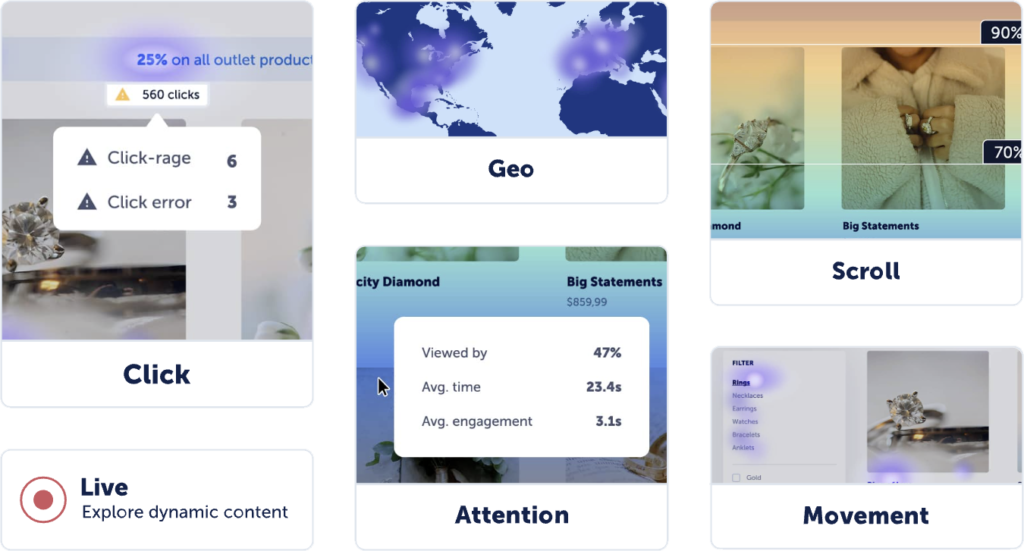
Misconception #4: Homepage Optimization is Enough
Optimizing your homepage is essential, but it’s not the only page that matters for conversion optimization. It’s crucial to optimize all stages of the conversion funnel, including landing pages, product pages, and the checkout process.
Focusing only on the homepage can lead to missed opportunities for increased conversions throughout your site. By optimizing your entire website, you can create a more seamless user experience and improve your overall conversion rates.
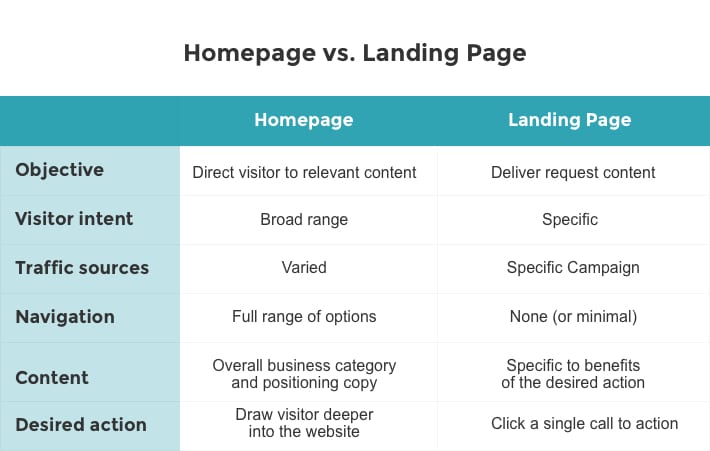
Misconception #5: CRO Is a Quick Fix
There’s a common belief that CRO is a quick fix that can instantly boost conversions and revenue. While it’s true that some CRO efforts can yield impressive results, the reality is that it often takes time, patience, and multiple iterations to see significant improvements. In some cases, landing pages may go through nearly 100 iterations before achieving the desired results.
By approaching CRO with a long-term mindset and commitment to continuous improvement, businesses can achieve sustainable growth and maximize their marketing efforts’ effectiveness.
Key Takeaways
Understanding and addressing these common misconceptions about conversion rate optimization is critical for improving your marketing efforts. You can enhance your business’s growth and customer engagement by re-evaluating your CRO strategies and focusing on the right metrics and methods. Don’t let these misconceptions hold you back – start optimizing your conversions today.

Transform Your Marketing Strategy with Our Comprehensive Blueprint





